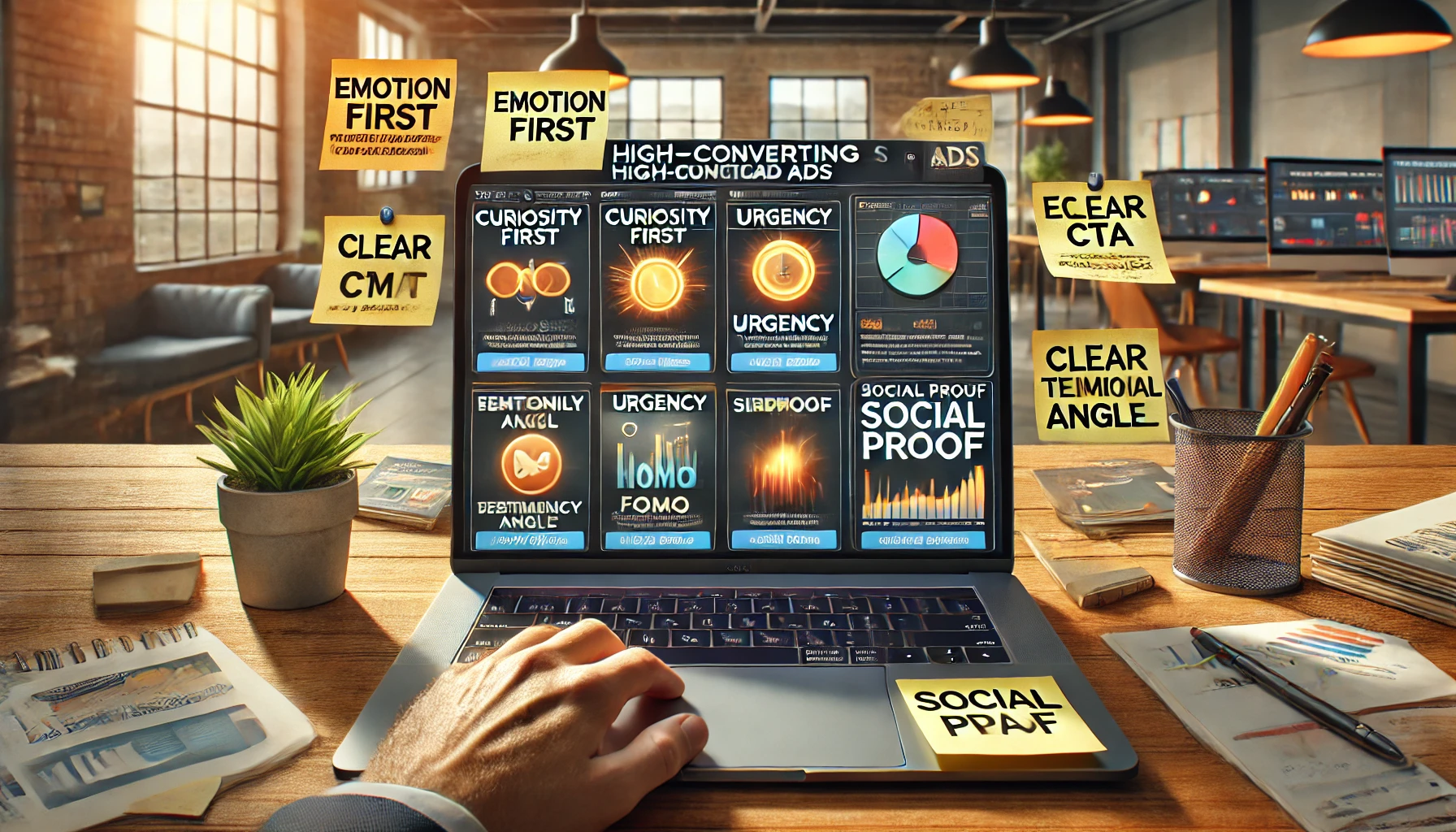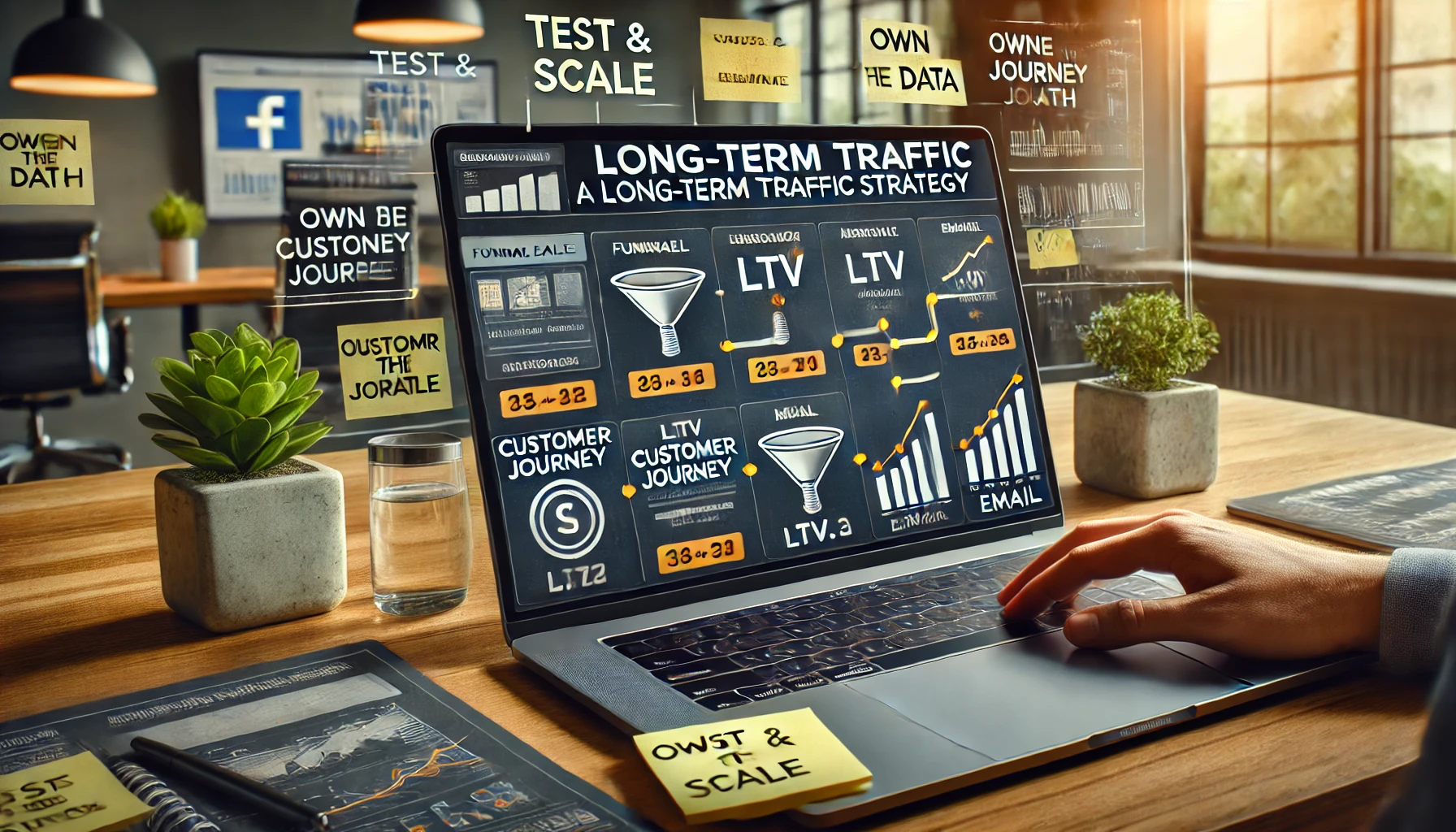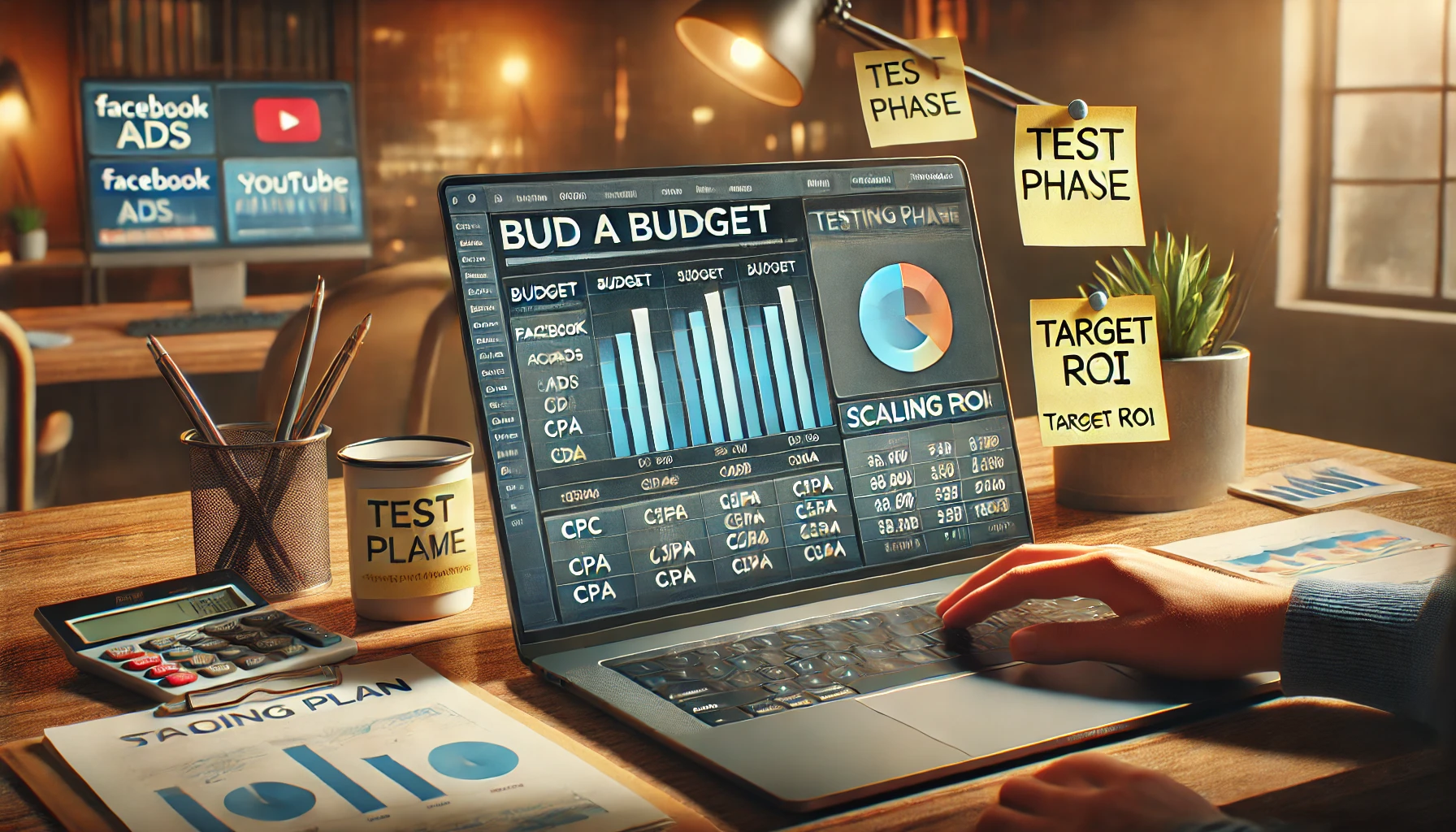
Great ads don’t just look good—they trigger emotions, spark curiosity, and guide decisions.
To run high-converting paid traffic campaigns, you don’t need to be a mind reader…
…mas entender um pouco de psicologia ajuda muito.
Neste artigo, você vai descobrir os princípios psicológicos usados pelos melhores anunciantes do mundo para capturar atenção e gerar ação — e como aplicá-los nos seus próprios anúncios.
1. The Power of Curiosity
Humans are naturally curious.
When we feel like something’s missing, we want to know more.
Use it in your ads:
- Headlines that tease the result, but don’t give it all
- Questions that the audience can’t ignore
- “Open loops” that need closure
Exemplo:
- ❌ “Learn to grow on Instagram”
- ✅ “This 3-step formula helped me get 10K followers in 30 days (without posting daily)”
🎯 Curiosity earns the click.
2. Social Proof and FOMO (Fear of Missing Out)
People trust people—especially other people just like them.
We also hate missing opportunities.
Use it in your ads:
- Testimonials and reviews
- “Join 12,000+ freelancers using this tool”
- “Only 3 spots left” or “Offer ends tonight”
💡 Show that others already trust and love your offer.
3. The Rule of Reciprocity
When someone gives us value first, we feel more willing to give back.
Use it in your ads:
- Offer a free guide, checklist, or tool
- “No strings attached” resources
- Mini-training or quick win video
🎁 Deliver value up front to build goodwill and trust.
4. Clarity Beats Cleverness
Your audience is scrolling fast. If they don’t “get it” instantly—they move on.
Use it in your ads:
- Clear headline: what it is, who it’s for
- Simple visuals that support the message
- Call-to-action that’s direct (“Download Now”, “Book Free Call”)
👀 Confused minds don’t convert.
5. Loss Aversion > Gain Seeking
We fear loss more than we value gain.
Ads that emphasize what people might miss out on often perform better than ads that just show what they’ll gain.
Use it in your ads:
- “Still thinking? This disappears in 12 hours.”
- “Stop wasting time on strategies that don’t work.”
- “You could be losing customers every week without this.”
🔥 Create urgency. Remind them what’s at stake.
6. Authority and Expertise
People follow leaders. If you position yourself (or your brand) as a trusted expert, you increase conversions.
Use it in your ads:
- “As featured in…” badges
- Credentials or experience (“Helping 200+ startups grow”)
- Behind-the-scenes or speaking clips
📢 Make your credibility visible.
7. Emotional Triggers
People don’t buy on logic—they justify with logic after buying based on emotion.
Most effective emotional angles:
- Relief: “No more confusion”
- Ambition: “Start building your dream life”
- Belonging: “Join a tribe of motivated freelancers”
- Fear: “Don’t get left behind”
- Pride: “You deserve better clients”
💬 Good ads speak to the heart, not just the head.
8. Consistency and Repetition
The more someone sees your message, the more they trust it.
That’s why retargeting works so well—it reinforces familiarity and belief.
Use it in your funnel:
- Repeat core benefits in ads and landing pages
- Use visual consistency (colors, logo, tone)
- Run ads across multiple placements (Feed, Stories, Reels, Search)
🔁 Repetition builds recognition—and trust.
Final Thoughts: Great Ads Speak to the Brain and the Heart
You don’t need to be manipulative to use psychology in advertising.
Use it to: ✅ Clarify your message
✅ Highlight real value
✅ Build trust faster
✅ Motivate action naturally
Great marketing = understanding people.
Use what moves them—and your ads will move results.






